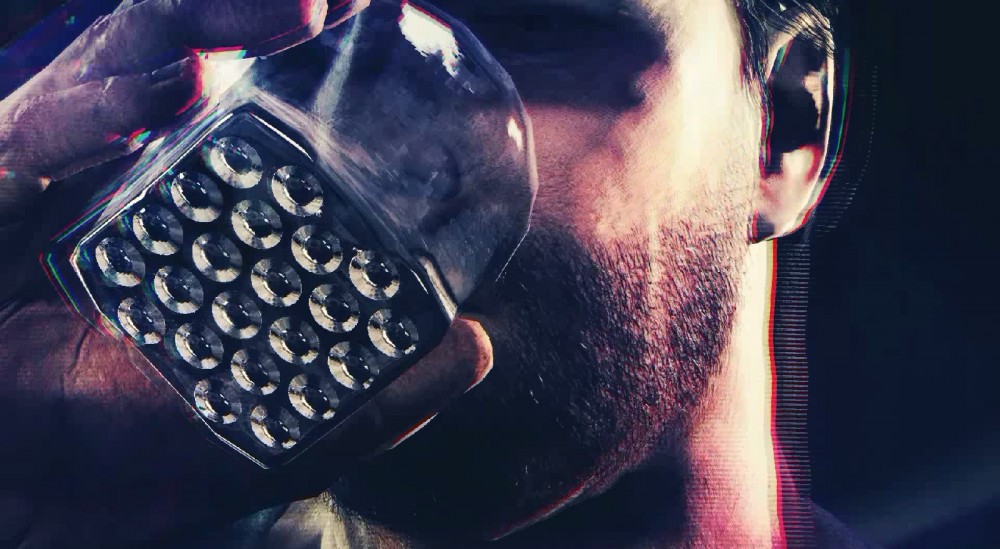I was taking a look at my Steam library this weekend and viewing my hours played for each game I own. One thing, well two things, became very clear to me. The first being is I play waaaaaay too much and the second, the games making up my favorites list all contain some element of replay value. Upon further reflection I realized that all my favorite current games and fondly looked upon games of my past all have aspects of replay value.
Replay value, the second word being just as important as the first. If you go to a bar and buy a double, once you finish it you have nothing to show for it (except maybe a slight buzz) and no way to enjoy it again unless you purchase another. A game that contains some facet to it that will bring you back again and again means you have a game with replay value. It is not a game where you play through it once, blow your load, and decide never to call it again (See the indie game Braid. Great game but once you finish it, will you ever return to it?).
Trying to find an antithesis to games that contain some replay value is a difficult task in today’s gaming market and nothing against Braid because its focus was always the single player experience and the story that goes with it. Publishers and developers are well aware that a games digital shelf life is important to its profitability and gamers realize its important to their happiness and bank account. Replay value is now a part of almost every game released. Some games do it well and make it a focus of the games development cycle from start to finish. Some games try to just stick in some replay value so they can put it in quotes on the back of their retail copies or within their trailers (Cough! Cough! Ghostbusters: The Videogame.)
Two routes seem to be the the most effective in creating replay value. Creating a game that is centrally focused on mulitplayer (i.e. Battlefield Series) or a game that is focused on game useful collectables and exploration (i.e. Diablo series). The games that seem to have the shelf life of a radioactive isotope have found a way to creatively do both, focus on multiplayer and in-game items. Team Fortress 2 is the shining example of this method of creating and replay value. Its original release (in 2007) was as a much anticipated multiplayer shooter with a purchase cost. It has now transformed to a free-to-play online shooter with an item drop system and money making item cash shop. An example of a game focusing on exploration (crack) and items (meth) is the Re-Logic’s Terraria. This side, and up and down, scrolling adventure game was crafted from start to finish to use collecting shinies, creating shinies from those shinies and repeat, as its main focus and draw – with great success. It has 4 player multiplayer (Four player multiplayer seems to be a gaming norm now. So everyone, make sure you only have four friends.) where you can explore and hoard shinies together.
Games from here forward will continue to be multifaceted experiences that pay heed to our social (multiplayer), inquisitive (exploration) and addictive (shinies) character traits. Games are getting better at appealing to our guttural desires and our recession styled pocket books. Games, and their publisher and developers, are now replay value focused. Just a bit of caution though, some publishers and developers will be creating games that they want their customers to play persistently, enjoy and do contain quality replay value. Others will just try to market to you that their games contain quality multiplayer and item hunting adventuring. So when considering a purchase whose marketing mentions keywords associated with replay value consider the following video:
So I leave it up to you fellow gamers (and those of you who haven’t picked up the hobby yet) to be able to determine shit from Shinola.
Battlefield


